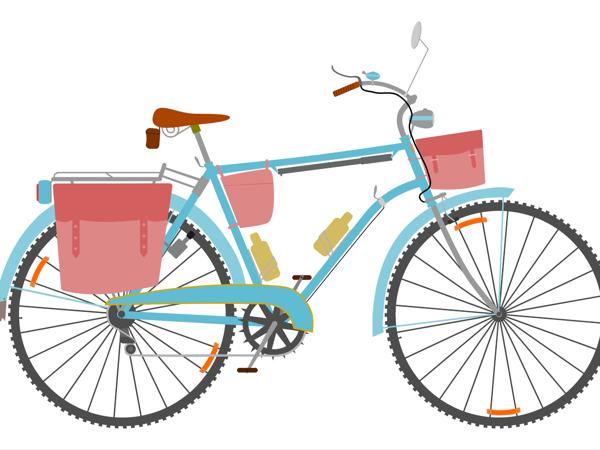Welcome to our humble guide on folding bikes! Whether you’re a seasoned commuter or a city dweller looking to add some convenience to your ride, folding bikes can be a thoughtful choice. We’ll walk you through the factors to consider while buying a folding bike without making grandiose claims.
Why Choose a Folding Bike?
Folding bikes offer a blend of portability and practicality, fitting perfectly into urban settings and small living spaces. They are handy for commuters who need to combine cycling with public transport and for those who live in apartments with limited storage space.
Benefits of Folding Bikes
- Portability: They can be folded and carried easily on trains, buses, or even in a car trunk.
- Space-saving: Ideal for small flats, they take up less space than traditional bikes.
- Convenience: Suitable for multi-modal commuting, offering the flexibility to switch between cycling and public transit.
What to Consider When Buying a Folding Bike
1. Purpose and Usage
Identify your primary use for the folding bike. Is it for daily commuting, occasional leisure rides, or traveling? Your usage will influence the bike’s type and features.
2. Folding Mechanism
Different bikes have different folding mechanisms; some are more intuitive than others. Consider trying a few to see which folding style suits you. Common mechanisms include:
- Half Fold: Also known as mid-fold, has a hinge in the middle of the frame.
- Vertical Fold: Folds in an upward motion, often compact in size.
- Triangle Hinge: Utilizes hinges near the wheel forks.
3. Size and Weight
Portability is a key factor, so you’ll want to consider the weight and folded size. This affects how easily you can carry and store the bike. Check the manufacturer’s specifications for exact dimensions and weights.
4. Wheel Size
Folding bikes typically come with wheel sizes ranging from 16 to 24 inches. Smaller wheels are easier to store and transport, while larger wheels offer a smoother riding experience.
- 16 inches: Extremely compact and lightweight, may feel twitchy to some riders.
- 20 inches: Strikes a balance between portability and rideability.
- 24 inches: Closer to standard bikes, better for longer commutes.
5. Frame Material
Common materials include steel, aluminum, and carbon fiber. Each has its own trade-offs in terms of durability, weight, and cost.
- Steel: Durable and often less expensive, but heavier.
- Aluminum: Lightweight, rust-resistant, generally more expensive than steel.
- Carbon Fiber: Extremely lightweight, tends to be costly.
6. Price Range
Folding bikes can range from budget-friendly options to premium models. Set a budget and ensure it aligns with your needs and expectations. You may find basic models as affordable as a few hundred dollars, while high-end models could easily go over a thousand.
7. Test Riding
Whenever possible, test ride several folding bikes. This will help you gauge comfort, ease of folding, and suitability for your riding style.
Notable Brands and Models
While we can’t label any as the “best,” several brands are well-regarded in the folding bike community. Consider exploring:
- Brompton: Known for their compact fold and high quality. Ideal for city commuting.
- Dahon: Offers a range of models with various wheel sizes and price points.
- Tern: Focuses on performance and ride quality, with versatile models for different needs.
Maintenance and Care
Regular maintenance ensures that your folding bike remains in good working condition. Basic upkeep includes checking the brakes, keeping the tires inflated, and ensuring the folding mechanism operates smoothly.
Conclusion
Folding bikes can be a practical choice for urban cyclists, offering flexibility and ease of transport. By considering factors like size, weight, folding mechanism, and your intended usage, you can make an informed decision that suits your lifestyle. Remember, the right folding bike is one that feels comfortable and meets your specific needs. Happy cycling!
For more insights and discussions on folding bikes, feel free to explore community forums or reach out to local bikers in your area. They can offer invaluable perspectives that go beyond what any guide can provide!




